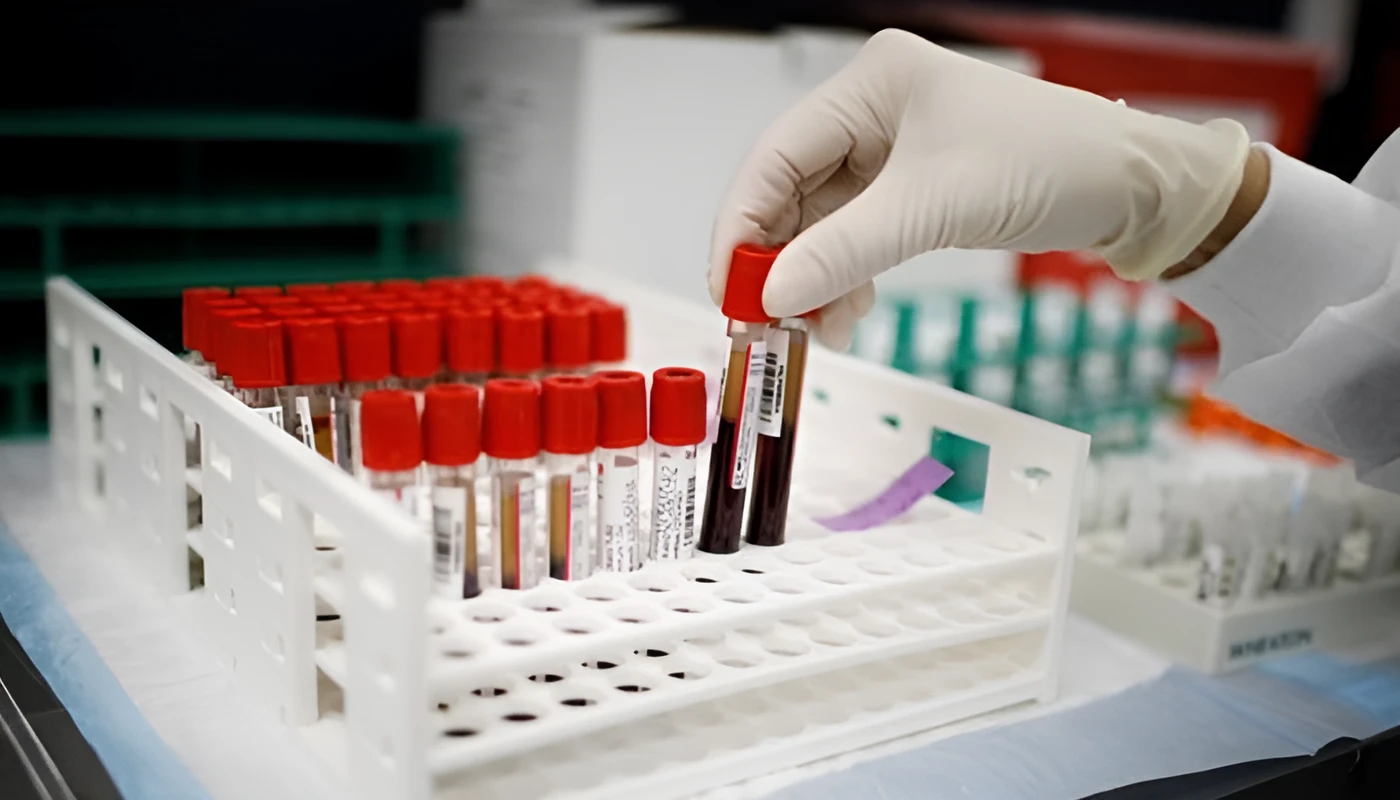Philadelphia: Scientists from Penn Medicine and Penn Engineering have cracked the mathematical code behind a 500-million-year-old immune system mechanism. This discovery explains how the human body determines whether to attack or tolerate foreign substances, including viruses, medications, and medical devices.
At the core of this ancient defence is the complement system, the oldest part of our immune system. It can protect the body, but also cause harm by mistakenly attacking healthy tissues, such as in stroke cases. The research team discovered how this system “decides” to launch an immune response using mathematical modelling, lab experiments, and simulations.
Their study, published in Cell, reveals a tipping point called the critical percolation threshold. This threshold is based on how closely immune-binding sites are spaced on a surface. If they are too far apart, the immune response weakens. It triggers a rapid chain reaction—like a forest fire—recruiting immune agents in seconds if close enough.
Researchers engineered tiny drug-delivery particles called liposomes with different protein densities to test the system. They then matched real lab results with mathematical predictions, proving that complement activation follows percolation theory, a physics principle used initially in oil extraction.
Lead researcher Dr. Jacob Brenner explained that this work allows medicine to be designed scientifically rather than through trial and error. By applying complexity science, the team found that not every foreign particle must be fully coated in immune proteins to trigger a reaction, just “enough” to prompt action, saving energy and reducing harm.
The findings could transform nanomedicine, helping fine-tune drug delivery systems like mRNA vaccines and CAR T therapies to avoid unwanted immune attacks. The team plans to apply this framework to other biological networks, including blood clotting and antibody responses, which may follow similar rules.
This breakthrough shows how blending biology, physics, engineering, and medicine can unlock powerful insights and lead to safer, smarter medical treatments.








